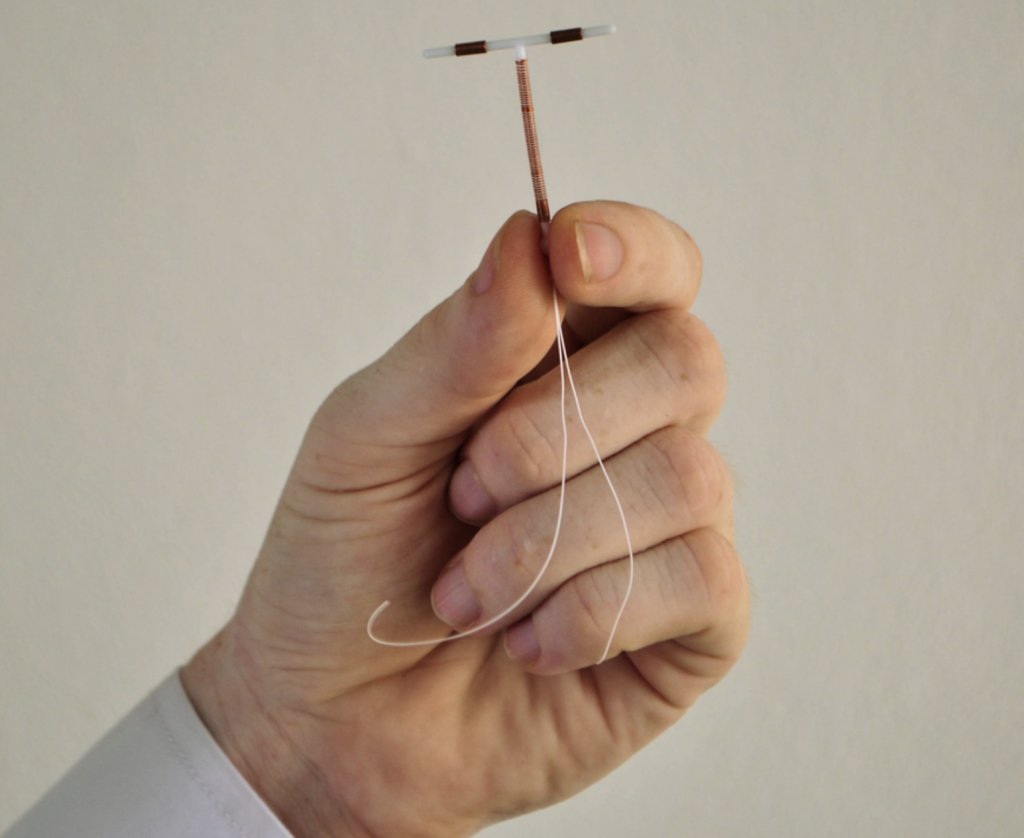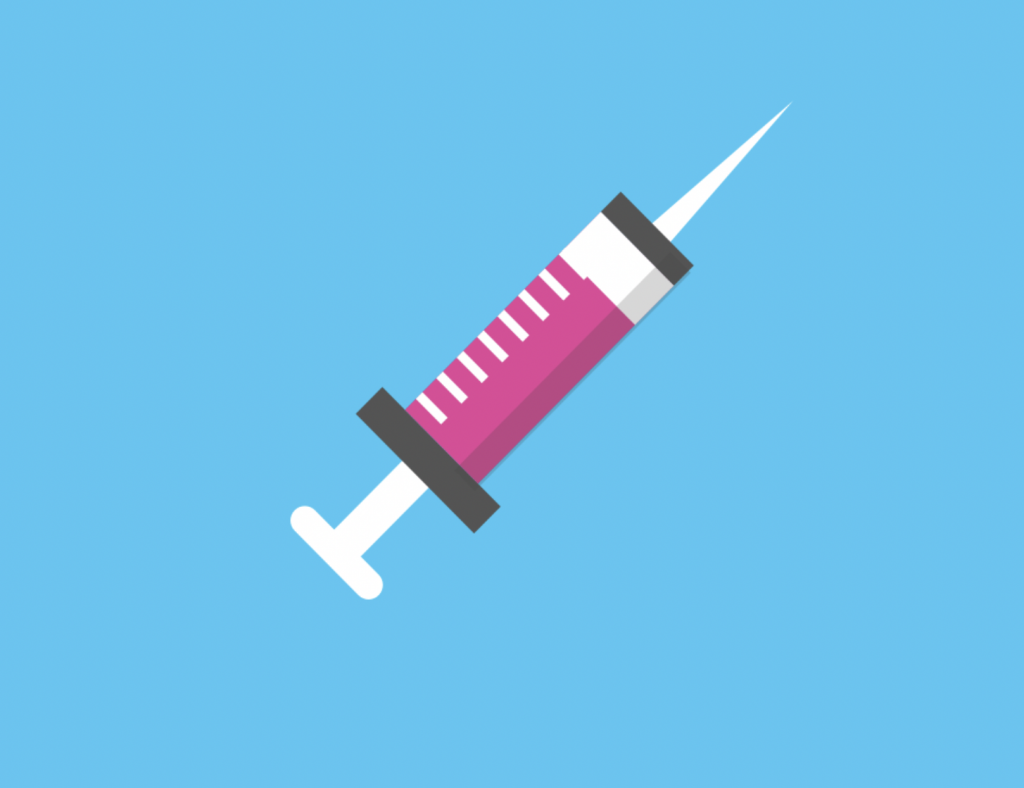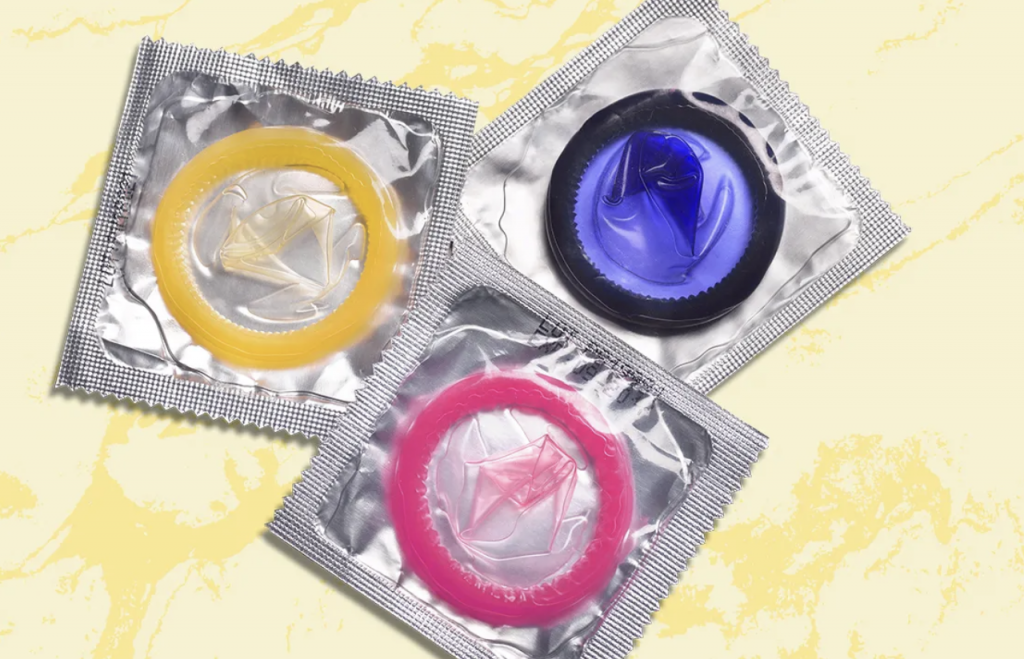Are you looking for a contraceptive method that does not only provide durable protection but also effective enough for birth control? Then this article is for you. Read till the end for determining the best suitable birth control option for you.

In general, there are two broad categories of contraception methods depending upon their nature, usage, time of action and mode of action. These are:
- Hormonal birth control methods
- Non-hormonal birth control methods
Here, we will discuss both categories and their types in order to let you decide which is best for you. However, if you want an expert advice specifically for yourself, you can get help from our doctor’s team here.
Hormonal contraception options
Hormonal birth control methods are well-known among the public as they are easy to implement and successful. Only women can use hormonal procedures. However, it is essential to be knowledgeable about different available options to pick your best-fit.
Hormonal ways to restrict a pregnancy may be short-term means your doctor prescribes to take them daily (pills) or frequently. Whereas long-term methods are once employed and remain active for longer periods and you don’t have to take them daily.
Short-term hormonal contraceptive methods
- Combined pill- is made up of synthetic hormones oestrogen and progestogen. They work exactly like natural hormones and make your body feel like you are pregnant. The combined pill work by thickening the cervical mucus, obstructing the process of ovulation, and weakening the uterus lining to prevent the fertilized egg implantation into the womb.
- Progesterone-only pill– lacks oestrogen and contains only progestogen. It also works to stop ovulation and make it harder for sperms to reach an egg. This is formulated to circumvent the side effects of hormone oestrogen.
- Vaginal ring- it is ring that is placed into your vagina, to release hormones oestrogen and progesterone, that flaunt their effects like a combined pill.
- Contraceptive patch- it is just like a sticking medial plaster, which contains hormones oestrogen and progesterone. You just stick this patch either on your upper arm, abdomen or upper back, your body will absorb hormones contained in it through your skin.
Long-acting reversible contraceptives or “LARC” methods
Women mostly prefer long-term birth control methods because they are easy to employ, longstanding and reversible. LARCs are the hormonal devices which contain hormones and can be easily taken in the form of shot (injection), intra uterine system and implant.
- Intrauterine system (IUS)

It is a small t-shaped device that contains progesterone hormone. It is similar to IUD coil which releases copper. The coil can be easily inserted into the womb and prevents pregnancy by stopping ovulation and impeding the sperms reach to an egg.
This is one of the most successful hormonal birth control methods which is effective for five years, but you can resume your fertility by removing the device. Monthly periods may become lighter or infrequent with the device.
- The implant

It is a tiny rod that is implanted under the skin of your arm. It also releases hormone progestogen which inhibit the union of sperms with egg, blocks ovulation and make it harder for a fertilized egg to attach into the womb and grow.
It is one of the most effective long-acting methods with fewer side effects. It lasts for three years but can be removed when you desire.
- The injection

The injection contains progestogen in it which produce same effects like IUS and implant to prevent pregnancy. It is functional for either eight or twelve weeks (depending on the type) and is 99% effective. It is not influenced by other medicines and can be taken while you are breastfeeding. But the drawback of injection is that its side effects cannot be reversed until it remains active for contraception.
Non-hormonal contraceptive options

Any technique of contraception that does not impact a woman’s hormones is non-hormonal. Although condoms are a well-known type, there are numerous others.
- The diaphragm is a silicone cup that is placed into the vagina to trap and remove sperm.
- A cervical cap made of silicone is worn over the cervix to block the passage of sperm.
- A sponge is comprised of foam and works in the same way as a diaphragm or cervical cap.
- Copper is toxic to sperm, and copper IUDs prevent them from reaching the egg through the vaginal canal.
- If you want to prevent or stop sperm from reproducing, you can use spermicide, which you inject into your vagina.
- A male condom, commonly composed of latex, is a thin sheath worn over the penis during intercourse that blocks the passage of a man’s sperm into a woman’s reproductive system.
- A female condom is a latex tube that has been greased so that it can be put into the vagina. Its ends are capped with two movable rings. Sperm can’t enter through the open end because it’s sealed.
Are you still confused between so many options? It is better to have a conversation with your GP or contraception doctor, or visit our online advice hub to take individual guidance. Our expert clinician’s team is always available to help you decide which contraceptive best harmonizes with your body, and we can also make home delivery of pills, patch and ring easy at your doorstep.
References
- Condoms-Your contraception guide (NHS UK)
- Contraceptive Choices and Sexual Health for Transgender and Non-Binary People
- What you need to know about contraception (HSE)
- How effective is pulling out?
- Facts and Myths about contraception
- The contraceptive injection-Your contraception guide (NHS UK)
- Types of contraception and how long they take (HSE)





